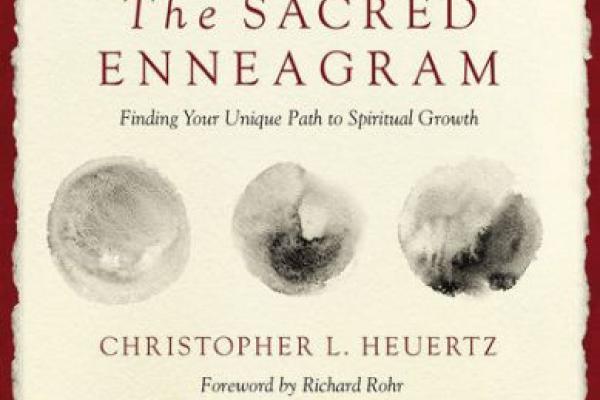THE SACRED ENNEAGRAM infuses a centuries-old personality typing system with an often-neglected perspective: grace and compassion. With nuance and genuine curiosity, Christopher L. Heuertz moves beyond personality caricatures common to many writings on the Enneagram and explores the complexities of being fully human. Rather than type-calibrated condemnation, Heuertz’ insights extend affirmation, hopefulness, and an invitation to self-liberation.
A sacred map to the soul, as described by Heuertz, the Enneagram illumines a journey of discovering our true self beyond false identities upheld by “self-perpetuating lies.” This transformation begins with an honest awakening to how we have invested in one of nine identity illusions and continues as we begin to relinquish our defense of this surface-level version of ourselves. Through self-observance and “empathetic detachment,” we cultivate the gifts of mental clarity and emotional objectivity and increase our capacity to reflect the essential nature instilled within us. In this slow conversion toward embracing the imago dei within, we return to God.
Interwoven throughout this work is the wisdom of master spiritual teachers. Thomas Keating’s “three programs for happiness”—in which happiness requires an integrated balance of security and survival, affection and esteem, and power and control—is brought alongside Henri Nouwen’s “three lies of identity”: I am what I have, I am what other people say or think about me, and I am what I do.
Read the Full Article

